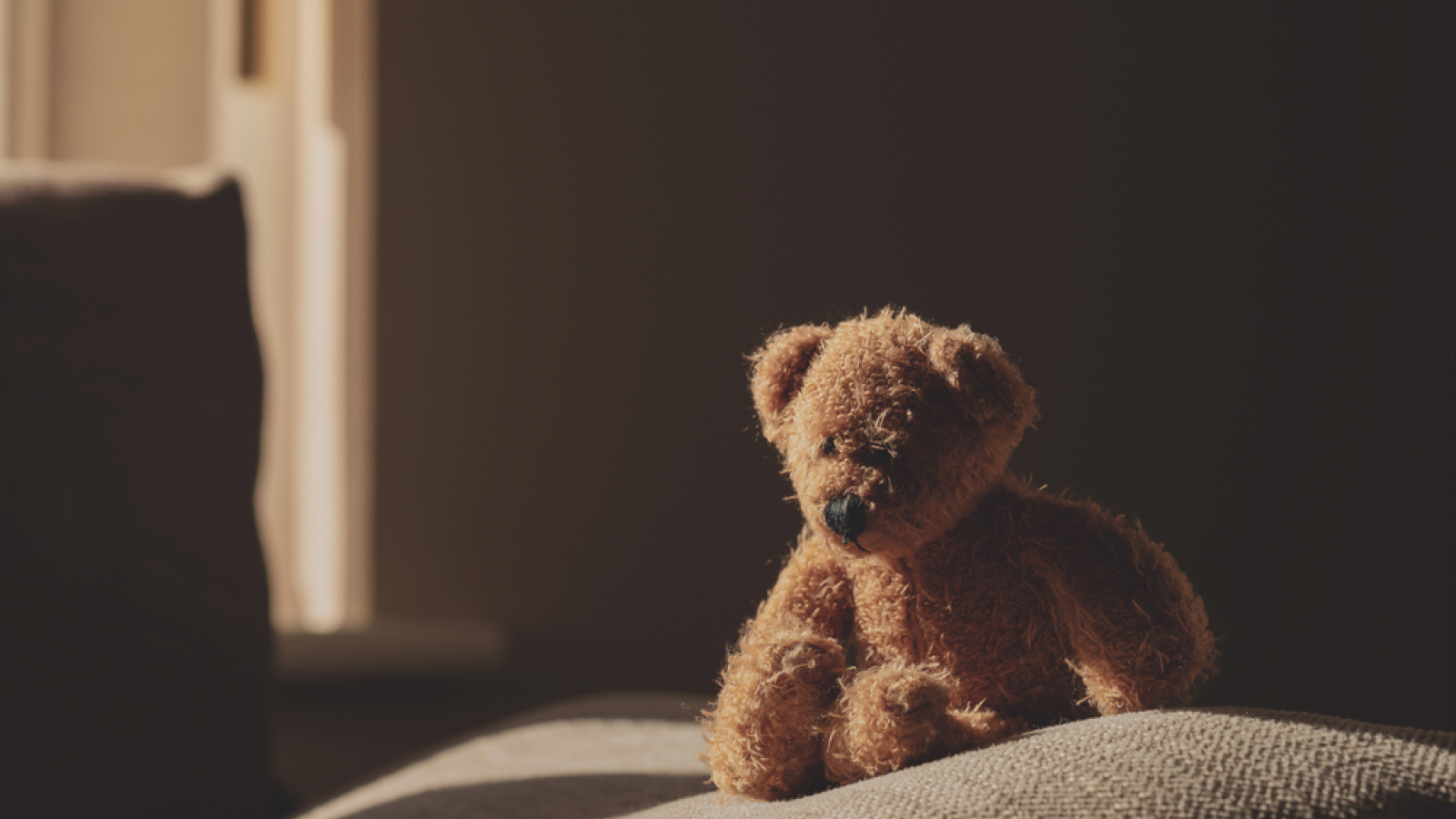
Some unexplained deaths of young children may be linked to seizures, according to a new study that analyzed video footage of these children's last moments.
The research is an attempt to understand sudden unexplained death in children, or SUDC, when a seemingly healthy young child dies suddenly and neither an autopsy nor an investigation into the death turns up any apparent cause. SUDC is somewhat similar to sudden infant death syndrome (SIDS), in that it often happens during sleep and in children who seem to be developing typically. However, SUDC affects children ages 1 to 18, unlike SIDS, which happens before a child's first birthday.
SUDC is rarer than SIDS — of unexplained deaths of children ages 4 or younger, SIDS accounts for 90% of cases, while SUDC accounts for 10%. The rate of SUDC in 1- to 4-year-olds is 1.5 per 100,000 children, making it the fifth-leading cause of death in this age group, according to a 2020 study. For families, the losses are haunting, said Laura Gould, a researcher at NYU Langone Medical Center and first author of the new study.
"Losing a child is devastating, and not knowing why adds another level of trauma and difficulty," Gould told Live Science. The new study provides direct evidence of children experiencing seizures and muscle convulsions right before their deaths. However, because it included only a small group of children, more research is needed to know exactly how common convulsions are among SUDC victims.
SUDC was only defined by doctors in 2005, so research on the phenomenon is still relatively new, Gould said. The CDC now tracks cases of SUDC, but there is little data on it prior to 2005.
Gould, who co-authored the official definition of SUDC after the loss of her own daughter in 1997, is the co-founder of the SUDC Registry and Research Collaborative (SUDCRRC), which aims to understand the causes of SUDC and has now registered more than 350 cases.
"We are very diligent in collecting as much information about the child as we can, in terms of their medical history, family history, and DNA and other biological specimens," Gould said.
Recently, a handful of families who enrolled in the registry reported having nursery cameras that recorded and saved video of the events. SUDC is usually unwitnessed, so such videos are a rare chance to learn what happened in the children's last sleep period, although they're, of course, very difficult to watch, Gould said.
In the new study, the researchers analyzed the first seven videos gathered by the SUDCRRC. Eight doctors reviewed each video, including six forensic medical specialists and two specialists in epilepsy. Because the videos were so difficult to watch, all of the reviewers were offered mental health support, Gould noted.
Two of the videos were motion- or sound-triggered, meaning the recordings captured short clips of the child sleeping. The other five videos were continuous. All five continuous videos showed the children having convulsions before they died, and one of the motion-triggered videos was also suggestive of a seizure event.
The only previous association between SUDC and seizures was the fact that children with a history of having febrile seizures — meaning those caused by fevers — are at higher risk of SUDC. But the vast majority of kids with febrile seizures outgrow them without any negative impacts. The new work suggests a need to take a deeper look at this link, Gould said.
One of the children in the videos did have a history of febrile seizures, she said, but the other six did not.
It's not possible to tell from the videos what caused the seizures. But there is evidence that the seizures may have been the precipitating event that led to the deaths, Gould said. The videos did not show any evidence of anything happening just prior to the seizures, nor did the children have any heart abnormalities or genetic conditions linked to cardiac problems. In rare cases, epilepsy is associated with sudden death in other age groups, for reasons not fully understood, but none of the children in the study had a history of epilepsy.
Four of the videos continued recording after the seizures and suggested that the children survived for between 2.5 and 26 minutes before they stopped breathing.
"There are two big questions we still don't understand: Why did these children have the seizures, and why did they die from them?" Gould said. "These were all seizures less than a minute long during sleep. We still consider them unexplained deaths, but we know that the mechanism of death involves seizures."
In other studies, the researchers have sequenced the protein-coding genes of some children who died from SUDC, but whole-genome sequencing might point to more clues about what is going on in these cases, Gould said. The findings may also suggest that doctors should talk about the risk of SUDC with parents of children with febrile seizures or consider the merits of at-home wearable monitoring devices for those kids, she said.
For children without a history of febrile seizures, the potential guidance is less clear.
"Most people would agree that safe sleep guidelines in infants are quite clear," Gould said. "Toddlers are at the highest risk for febrile seizures, yet the sleep recommendations around them are much more vague, so I would hope this spurs some rediscussion of that."
The researchers' new findings were published Jan. 4 in the journal Neurology.
This article is for informational purposes only and is not meant to offer medical advice.






